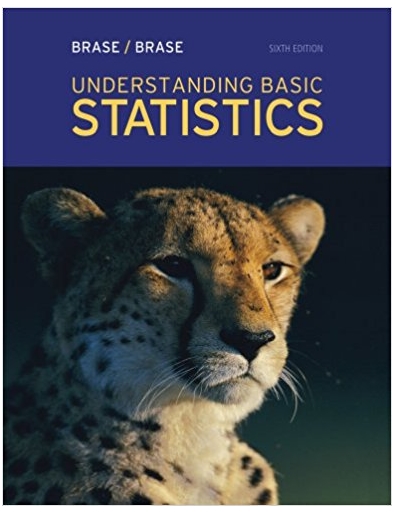We use the form = + bx for the least-squares line. In some computer printouts,
Question:
Notice that “Elevation” is listed under “Predictor.” This means that elevation is the explanatory variable x. Its coefficient is the slope b. “Constant” refers to a in the equation ŷ = α + bx
(a) Use the printout to write the least-squares equation.
(b) For each 1000-foot increase in elevation, how many fewer frost-free days are predicted?
(c) The printout gives the value of the coefficient of determination r2. What is the value of r? Be sure to give the correct sign for r based on the sign of b.
(d) Interpretation What percentage of the variation in y can be explained by the corresponding variation in x and the least-squares line? What percentage is unexplained?
Fantastic news! We've Found the answer you've been seeking!
Step by Step Answer:
Related Book For 

Understanding Basic Statistics
ISBN: 9781111827021
6th Edition
Authors: Charles Henry Brase, Corrinne Pellillo Brase
Question Posted:





